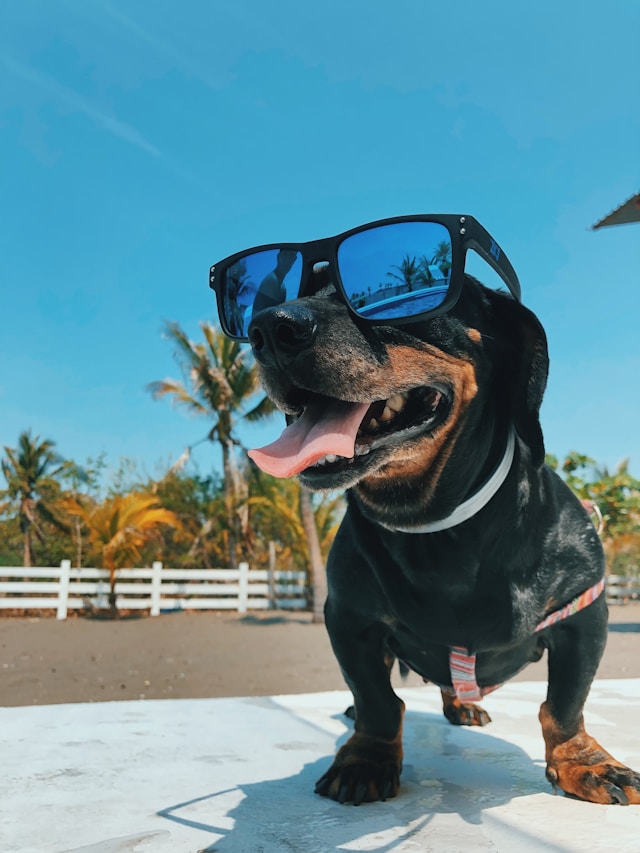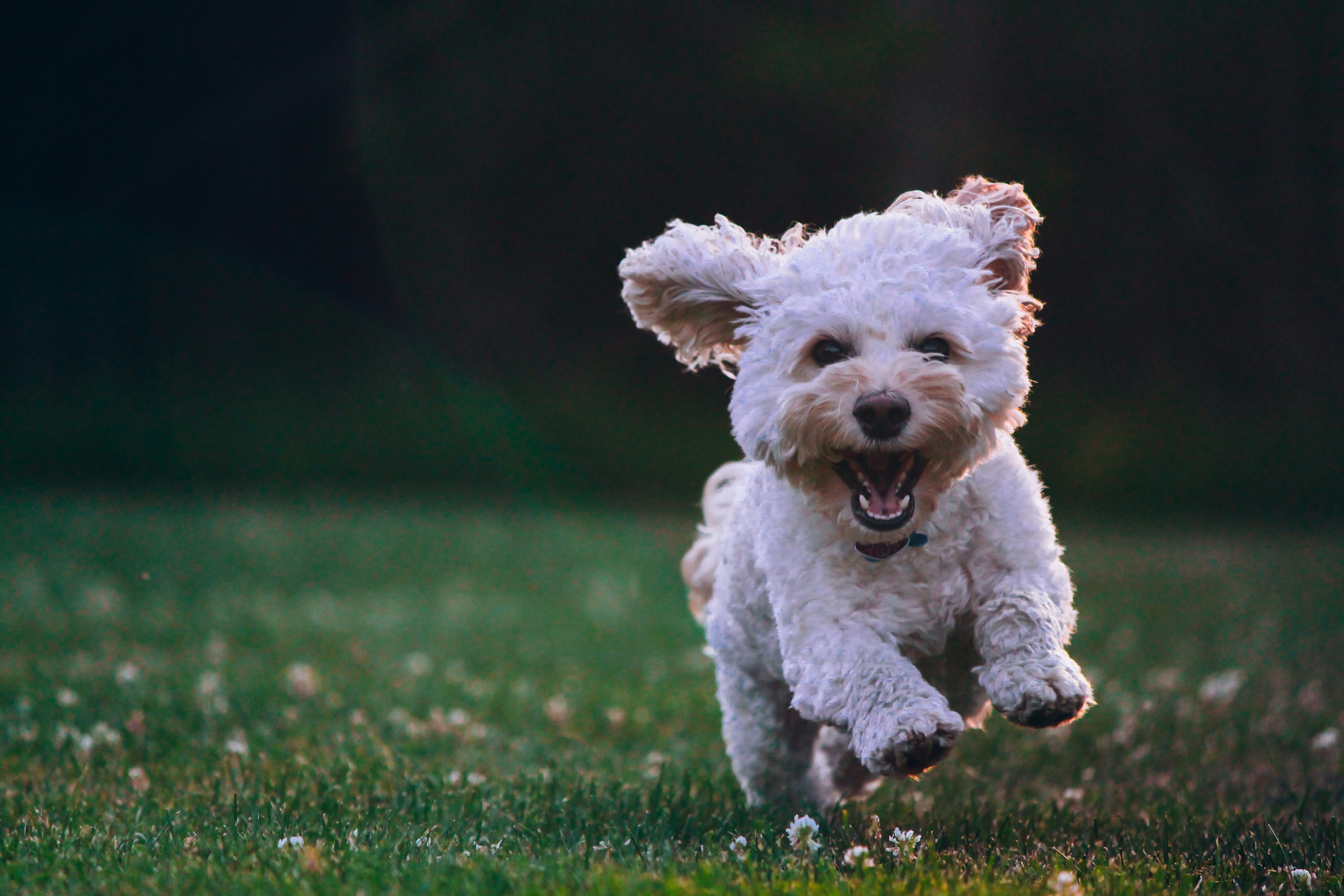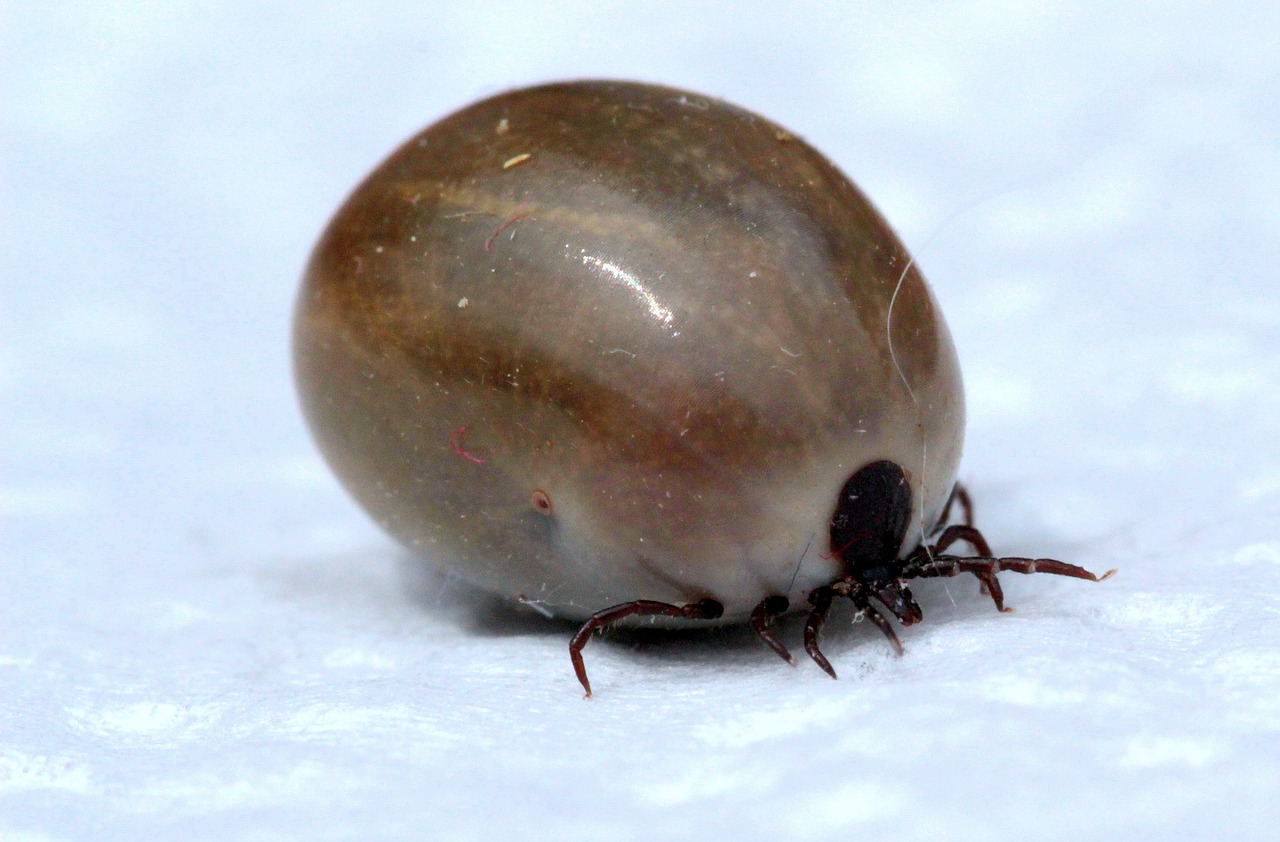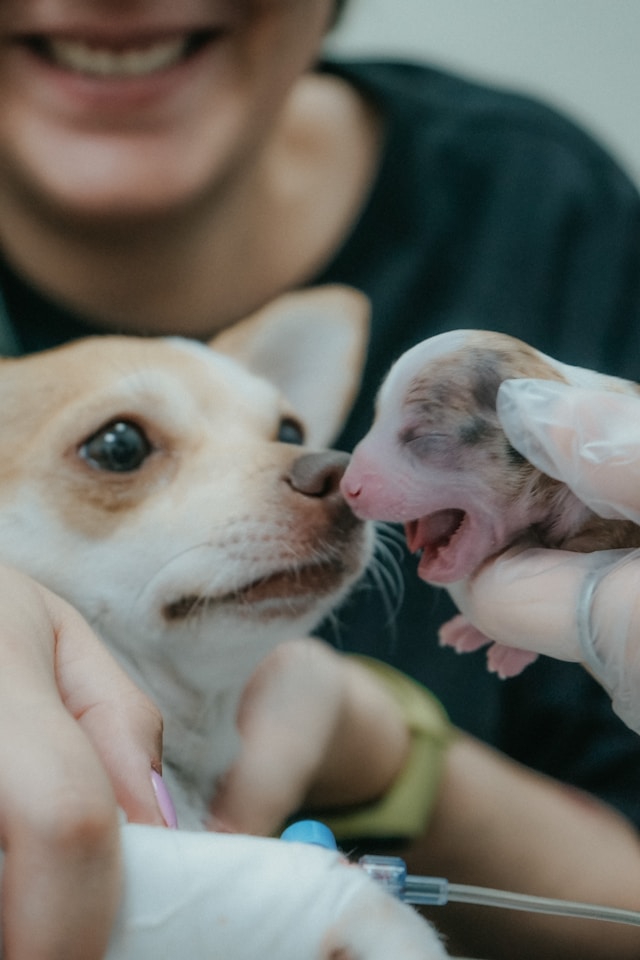Azawakh Hound
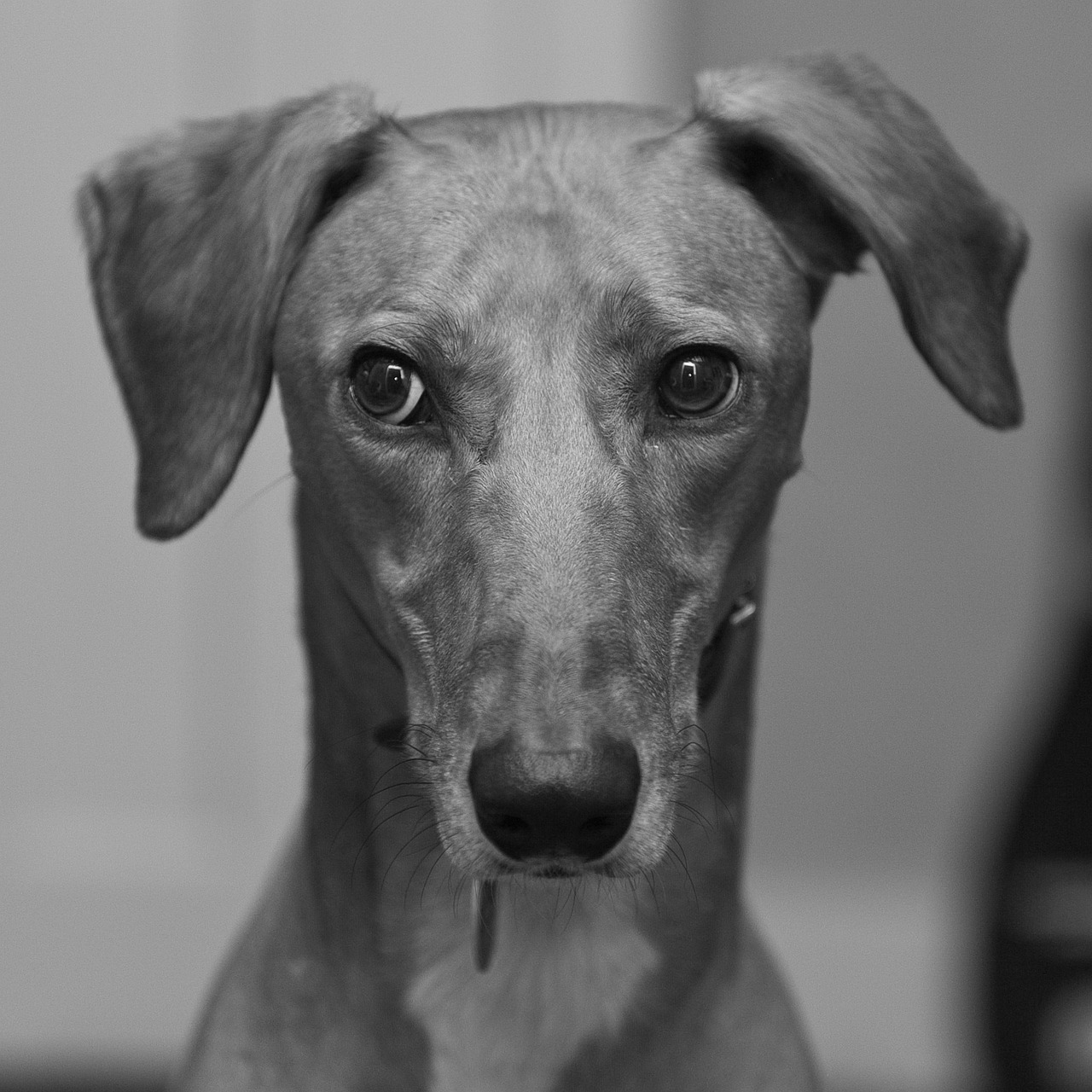
| OFFICIAL NAME | Azawakh |
| COMMON NAME | Azawakh |
| PET HEIGHT | 23 to 29 inches |
| PET WEIGHT | 33 to 55 pounds |
| LIFESPAN | 12 to 15 years |
| GOOD WITH | children, dogs, families |
| TEMPERAMENT | playful, willful |
| INTELLIGENCE | high |
| SHEDDING AMOUNT | infrequent |
| EXERCISE NEEDS | medium |
| ENERGY LEVEL | active |
| VOCAL LEVEL | infrequent |
| DROOL AMOUNT | low |
| BREED GROUP | hound |
| BREED SIZE | medium (26-60 lbs.) |
| COAT LENGTH | short |
| COLORS | black, brown/chocolate/liver, cream, fawn, gold/yellow, gray, red, white |
| PATTERNS | bicolor, brindle |
| OTHER TRAITS | easy to groom, hot weather tolerant, strong loyalty tendencies |
Azawakhs, sometimes called "warrior class dogs," are playful, kind, and intelligent canines that exhibit independence and steadfast loyalty.
They are medium-sized dogs, measuring between 23.5 and 29 inches in height and 33 to 55 pounds in weight, and they have a strong affection for their families. The Azawakh is a great jogging companion and will gladly relax by your side when you're done. However, they might not be appropriate for areas with a cold or humid climate.
Azawakh Hound Appearance
The Azawakh dog is tall and elegant, with long legs and a sleek appearance. Fawn, deep red, brindle, sandy, white, black, blue, grizzle, gray, cream, parti-color, and shades of brown, including chocolate, are just a few colors for her short, silky coat.
Her body is shaped like a rectangle, and she is pretty thin. Her large, dark almond-shaped eyes are expressive, and her narrow head rests elegantly on a slender, gracefully arched neck. The American Azawakh Association (AAA) states that she proudly displays her tail above her back.
Azawakh Hound Personality
The main characteristic of the Azawakh breed is loyalty. They might not be as warm and fuzzy with strangers as they are with their family. This calm dog tends to be in the middle of the temperament spectrum, neither overly shy nor aggressive. Their ancestry as hunters has given them a high degree of intelligence and environmental awareness.
Because they tend to nip, Azawakh puppies should have this behavior corrected from an early age. Since they are delicate canines, gentle handling during training and discipline works best for them. Attention-seekers suffer when confined to a yard or crate alone for extended periods. They prefer homes with older children; they do not like rough play and value gentle owners.
Azawakhs make excellent watchdogs because of their protective instincts. But it's best to watch your kids' interactions with the dog if you have any. Bringing an Azawakh into a house with other pets cannot be easy. They have a strong prey drive, so cats and small animals like rabbits or ferrets are not advised as companions because they could start a chase. However, if they are socialized early, they might tolerate other dogs.
Azawakh Hound Living Needs
Azawakhs can live comfortably in smaller spaces despite their need for exercise, provided they receive adequate physical activity and appreciate having room to roam about. She will be happy to go for long runs with you if you are a runner. On the other hand, she can play and stretch her legs in a fenced backyard. She's not the kind of dog who needs to be entertained by her, so you'll need to introduce her to another pet or play fetch with her. If bored, she might find her hobbies, which might differ from your taste.
It's essential to keep an eye on her weight because Azawakhs tend to gain weight moderately. They ought to keep their sleek appearance and pronounced waistline. However, if they are highly active, they shouldn't be overly thin—you should be able to feel their ribs.
Azawakh Hound Care
An Azawakh requires little upkeep and is easy to groom. Their short coat requires little maintenance—uses a hound glove to keep it tidy—and frequent baths is unnecessary because their odor isn't powerful. But they have sensitive skin, so when you bathe them, use a mild, hypoallergenic shampoo without any scent.
To avoid ear infections, it's also critical to routinely examine their ears. Their toenails will probably stay naturally clipped if they run on pavement. However, regular check-ups and trimming when required are still important.
Azawakh Hound Health
The Azawakh's active lifestyle contributes to their general health. Maintaining their fitness helps them avoid conditions like diabetes, which is linked to obesity. All pets need routine veterinary examinations, which offer chances for socialization and meeting new people. As previously mentioned, responsible breeders usually conduct routine health screenings.
Azawakh Hound Exercise Requirements
Given their history of hunting 50 mph sprinting gazelles, Azawakhs are built for running. This breed needs to go for daily walks. If you like to jog, they will be happy to accompany you. Visits to the dog park depend on how well-socialized and socialized they are. It is best to watch them closely when they go on these excursions.
Azawakh Hound Training
The hunting instincts of the Azawakh, which required quick thinking and agility, shaped them into intelligent dogs. Since they are sensitive to harsh corrections, positive reinforcement is the best way to train them. Treats as rewards have two benefits: they facilitate training and facilitate weight control.
Azawakh Hound History
The dry regions of Africa's southern Sahara and Sahel, which include the border regions of Mali and Niger, are where the Azawakh breed originated. The AAA claims that the Tuareg and other indigenous tribes bred them to hunt hare, antelope, and wild boar and be devoted companions to people.
Azawakhs were brought to Yugoslavia in the early 1970s; by the mid-1980s, they had made their way to the US. The American Kennel Club granted the breed official recognition in 2019.
Azawakh Hound Fun Facts
The Azawakh Valley is the source of the breed's name, "Azawakh," which means "land of the north" in Djerma.
Another name for it is the Tuareg Sloughi.
Get insurance plans with wide-ranging coverage options








